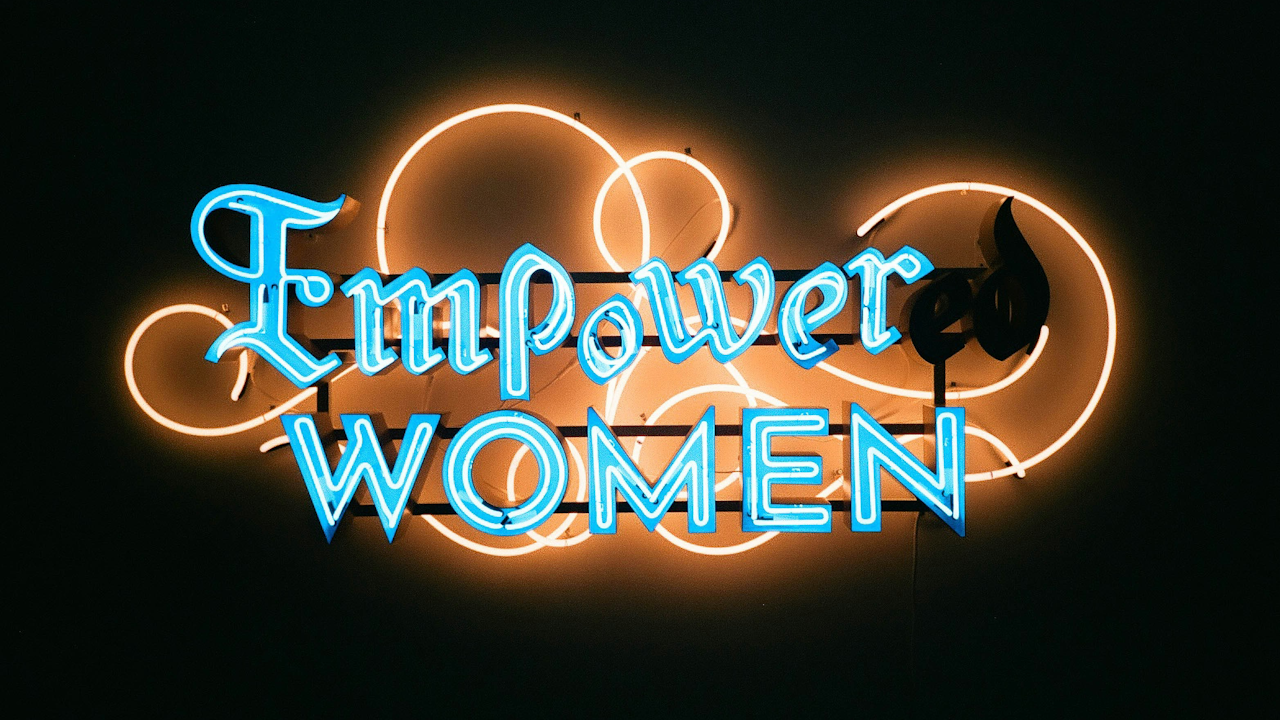Throughout history, politics has largely been a male-dominated arena, with women often relegated to the sidelines or denied a seat at the table entirely. However, in recent decades, women around the world have made significant strides in political leadership, policy influence, and civic engagement. The phrase “breaking the glass ceiling” has come to symbolize these breakthroughs — moments when women overcome invisible barriers to reach positions of power and influence that were previously out of reach. The presence of women in politics is not just a matter of equity; it reshapes governance, brings diverse perspectives to decision-making, and inspires future generations to imagine broader possibilities for leadership.
The journey for women in politics has been neither smooth nor uniform across the globe. In many countries, women had to fight for the basic right to vote, a struggle that lasted decades and demanded incredible resilience. In the United States, the 19th Amendment was ratified in 1920, granting women the right to vote after years of advocacy by suffragists like Susan B. Anthony and Elizabeth Cady Stanton. Other nations followed at different paces, with New Zealand being the first to grant full voting rights to women in 1893, while countries like Saudi Arabia only permitted women to vote and run for office in the 2010s. Each milestone represents not just legal progress but also a shift in societal attitudes about women’s roles and capabilities.
Despite increased access to the ballot box, women’s representation in elected office has lagged behind. For much of the 20th century, political institutions remained dominated by men, and the idea of a woman leading a nation or governing a city was often met with skepticism or outright hostility. Nonetheless, trailblazers emerged. Leaders such as Margaret Thatcher in the United Kingdom, Indira Gandhi in India, and Sirimavo Bandaranaike in Sri Lanka shattered expectations by becoming heads of government at a time when few thought it possible. These women often faced double standards, media scrutiny focused on their appearance or personal lives, and the burden of proving themselves in ways their male counterparts did not.
The barriers women face in politics are multifaceted. Structural challenges include discriminatory party systems, limited access to funding, and lower media visibility. Cultural norms can be equally powerful, discouraging women from entering politics or penalizing those who do for not conforming to traditional gender roles. Women candidates may also experience harassment, threats, and violence, both online and offline, simply for stepping into the public sphere. These factors create a political environment that can be hostile and exclusionary, requiring women to overcome far more than their male peers to succeed.
Despite these obstacles, progress continues. In many countries, gender quotas have been introduced to ensure a minimum level of female representation in legislatures. While controversial in some quarters, quotas have proven effective in boosting the number of women in office and normalizing their presence in political life. The presence of more women in legislatures has also been linked to greater attention to issues such as education, healthcare, and family welfare, which are sometimes underrepresented in policy discussions dominated by men.
In recent years, the visibility and impact of women in politics have grown considerably. Figures such as Angela Merkel, Jacinda Ardern, and Kamala Harris have redefined leadership by demonstrating competence, compassion, and resilience. Ardern, in particular, gained international acclaim for her empathetic and decisive response to crises, including the Christchurch mosque shootings and the COVID-19 pandemic. Harris broke new ground as the first woman, the first Black American, and the first person of South Asian descent to become Vice President of the United States. These achievements are more than symbolic. They signal to young women and girls around the world that leadership is not confined by gender.
Women’s political empowerment also has ripple effects across society. When women hold positions of authority, they serve as role models and challenge entrenched stereotypes about gender and power. They can influence policy to better reflect the needs of diverse communities, particularly those that have been historically marginalized. In many cases, women leaders have also promoted inclusive and transparent governance, helping to rebuild trust between citizens and their governments.
However, there is still much work to be done. As of 2025, women make up only about a quarter of national parliamentarians worldwide, and the number of female heads of state or government remains small. Even in countries with high levels of gender equality, women often face subtle forms of bias and resistance. True gender parity in politics will require not just legal reforms or quotas, but a cultural shift that values and supports women’s leadership at all levels.
Education, mentorship, and institutional support are crucial in closing this gap. Encouraging young women to pursue careers in politics, providing platforms for female candidates, and addressing the unique challenges they face can help build a more balanced and just political system. Civic education that emphasizes equality and diversity, along with public campaigns to challenge stereotypes, can also foster a more inclusive political culture.
In conclusion, the fight to break the glass ceiling in politics is far from over, but the cracks are widening. Every woman who runs for office, challenges injustice, or leads with integrity contributes to a more equitable and representative political system. The progress made so far is a testament to the courage and determination of countless women who refused to be sidelined. Their efforts pave the way for a future in which leadership truly reflects the richness and diversity of society.

